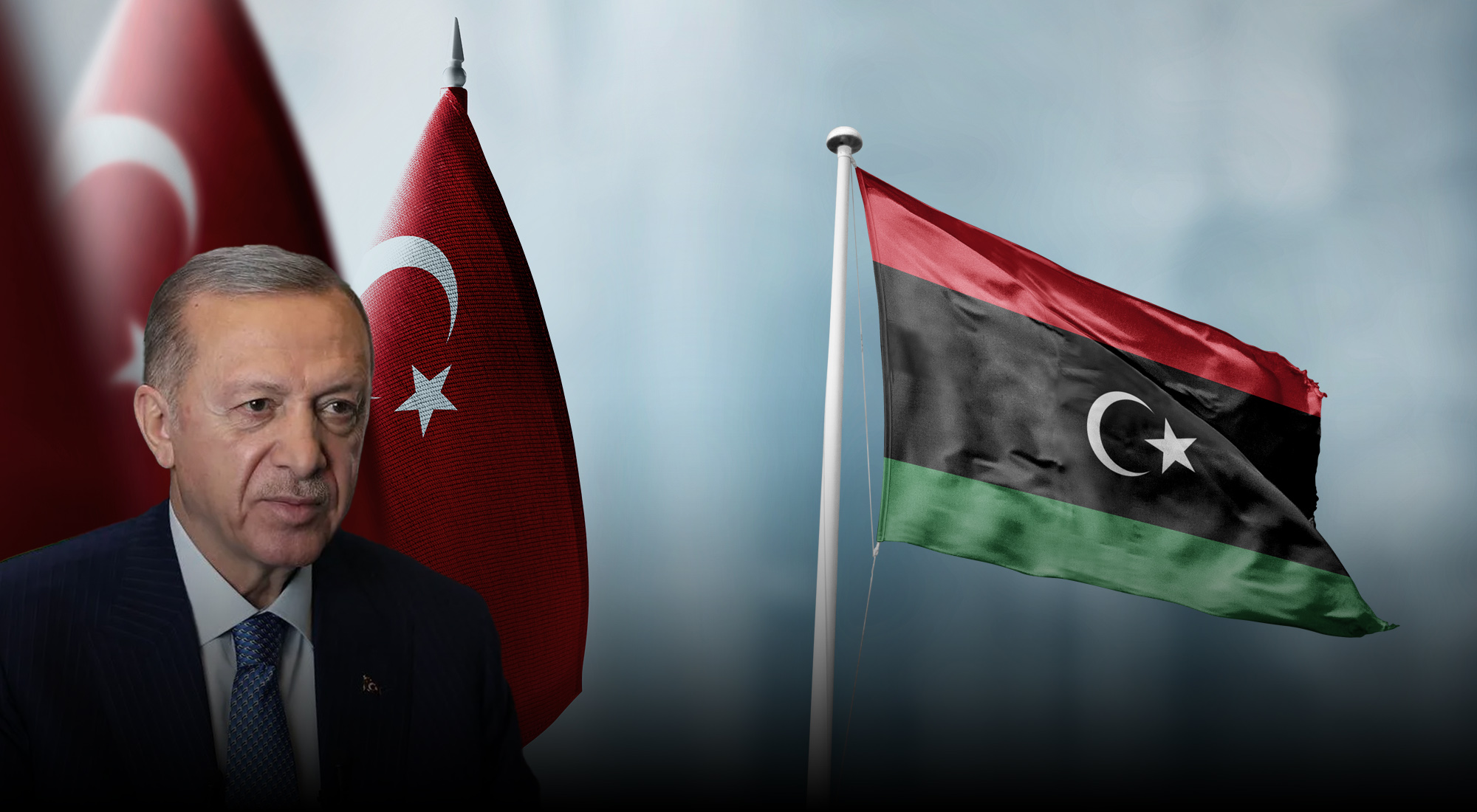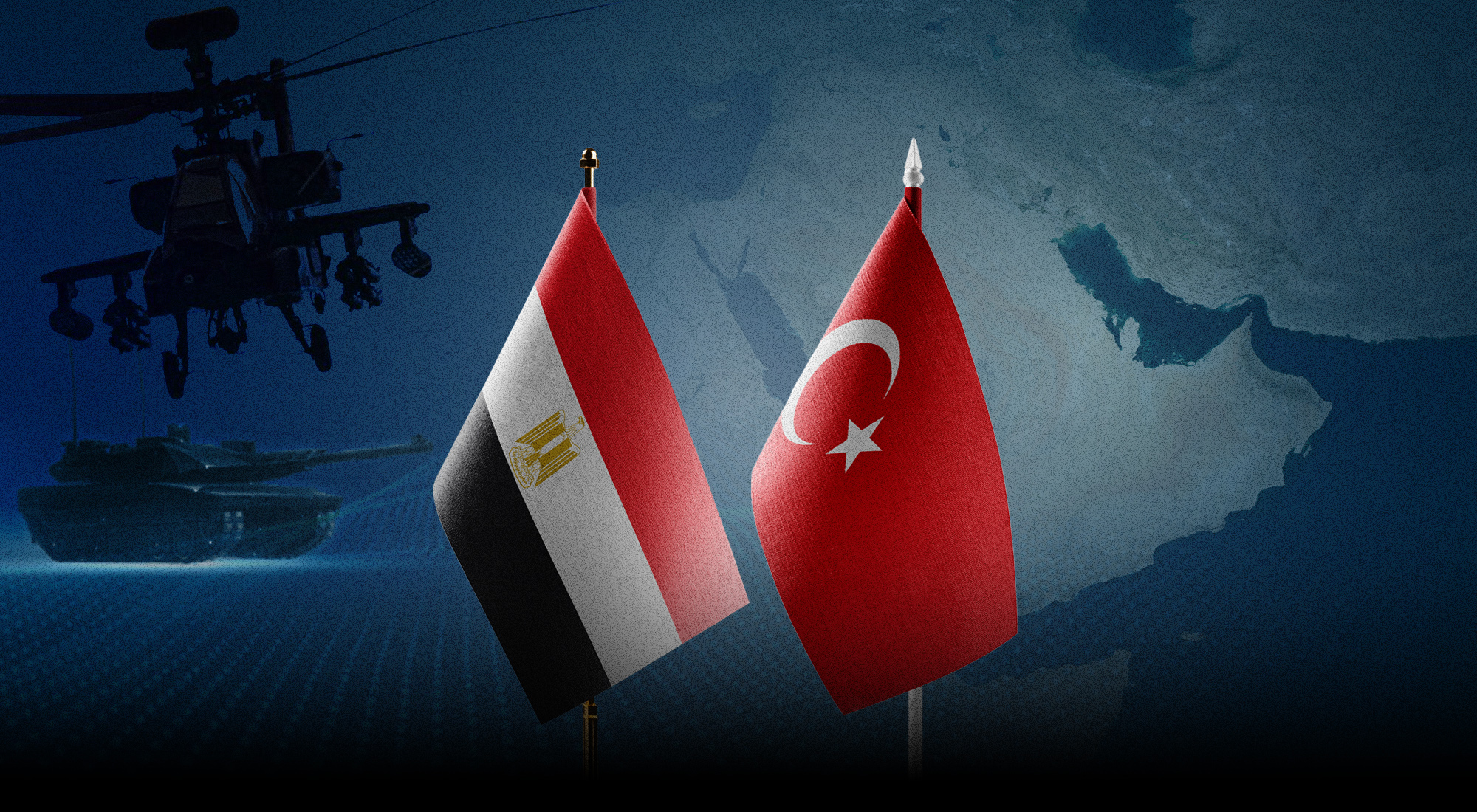The international community and regional stakeholders are still perplexed by the recent unpredictable turn of events in Afghanistan. While the collapse of the US-backed Afghan government was imminent, the swiftness with which the Afghan army capitulated and Ashraf Ghani fled Kabul caught most security and intelligence experts by surprise. The Taliban’s complete takeover of Afghanistan averted a bloody civil conflict in the country. Nevertheless, the incoming caretaker setup announced by the Taliban has disappointed many who were hoping for the incoming regime to show more flexibility, especially after resuming power so quickly after the American-led military withdrawal from the country.
The Taliban’s grip on power has not yet been seriously challenged by mainstream Afghan politicians. Nevertheless, their writ is not entirely unopposed. The biggest threat to the Taliban’s rule at present is the Khorasan chapter of the Islamic State, also known as IS-K. IS-K is not only trying to become the new face of resistance in Afghanistan, but also simultaneously constraining the ability of the Taliban to show pursue more moderate policies.
Constraints placed on the Taliban due to the IS-K threat
Founded by dissident Afghan and Pakistani Taliban members, the IS-K aspires to compete with and ultimately dislodge and replace the Taliban. While the IS-K footprint in Afghanistan is modest at present, with no more than a few thousand fighters at most, their influence seems poised to grow. Besides an increase in their terror attacks on the heels of the American troop withdrawal, the IS-K has initiated an intensive propaganda campaign to discredit the Taliban for having compromised with the west. The IS-K is now posing as the most authentic form of resistance to anti-imperialist forces, and it is actively trying to woo hardline Taliban elements to join its ranks.[1] The IS-K’s reimaging of itself as a Taliban rejectionist group is indicative of IS-K political connivance to gain more support, but this propaganda also places severe limits on the Taliban’s ability to show the necessary political acumen to run the Afghan state.
The Taliban seem genuinely afraid of attrition. Despite their claim during previous peace negotiations with the US that they wished to create an inclusive government, hardline conservatives dominate the Taliban’s governance system. The Taliban leaders’ decision to nominate a ruling structure comprised of all-male, ultraconservative, and mostly Pushtun decision makers seems to have been compelled by the need to placate more hardline elements within their midst and prevent them from breaking ranks to join the IS-K.
The inflexibility shown by the Taliban has made it even more difficult for their government to gain international recognition. The U.S. government and other nations have frozen about $10 billion of Afghan reserves.[2] The World Bank and the International Monetary Fund have also halted the country’s access to desperately needed loans. While the international community has allowed some humanitarian aid into the country, Afghanistan will need much more help to avert economic collapse.
The Taliban are struggling with the task of governing an ethnically diverse nation of 40 million, which is a much harder task than sustaining a long-term insurgent movement. The Taliban are also trying to gain more international acceptance while simultaneously preventing alienation of hardline elements within their ranks, and this simultaneous juggling act will remain a challenge for the foreseeable future. In recent months, the Taliban have elevated some more ethnic minorities and technocrats to leadership positions, and allowed girls and women to study, but the caretaker setup is still dominated by the old guard. This group is resistant to showing more flexibility and they fear that any sign of moderation would be singled out as a sign of their capitulation to western powers by the IS-K and its sympathizers to undermine Taliban rule. Besides trying to develop some sort of working relationship with western powers which does not undermine their own position, the Taliban also must walk the tightrope of dealing with their immediate neighbors, including China, India, Iran, and Pakistan.
Varied regional interests and concerns in a Taliban-led Afghanistan
With the international community fearing that Afghanistan could again be used as a base to launch international terror attacks, Afghanistan’s immediate neighbors also have serious but divergent security concerns that have been exacerbated by the withdrawal of American troops and the reemergence of Taliban rule. These concerns are not without merit given that Afghanistan has long been used as an arena for proxy conflicts, and as a launching pad for cross-border militancy.
Pakistan has been accused of using Islamic militant groups created during the Soviet occupation of Afghanistan to fuel insurgency in Indian-held Kashmir. Pakistan, in turn, has accused India and the former Afghan government of supporting militant groups such as the Tahreek-e-Taliban and the Baluch Liberation army to create trouble in Pakistan. Increased chaos in Afghanistan could provide not only global jihadi outfits, such as Al Qaeda and IS-K, with a chance to regroup, but it would enable regional militant groups to become more active. Pakistan has already seen the IS-K and other militant groups, especially the TTP, become more aggressive in targeting the Pakistan state and even Chinese investments in the China-Pakistan Economic Corridor, a vital component of the broader Belt and Road initiative.[3] China is also afraid that destabilization in Afghanistan will enable the Eastern Turkmenistan Islamic Movement (ETIM) to stoke trouble in the restive Muslim dominated province of Xinjiang.
India and Iran do not currently have an option of aligning themselves with a new Northern Alliance-type resistance movement comprised of ethnic minorities to challenge the Pushtun dominated and ultra-conservative Deobandi influenced Taliban rule. In fact, Iran has managed to build ties with the Taliban over the past two decades, yet it remains wary of growing lawlessness and growing anti-Shi’a sentiments on its eastern borders. Anti-Shia targeting in Afghanistan could provoke another devastating sectarian conflict in Afghanistan with Middle Eastern powers lending support to an array of different militant outfits.
While the Pakistani security establishment is presumably content to see India losing its leverage with an American-backed Afghan government, it is also aware that any cross-border attack from Afghanistan into Indian territory in the present scenario could trigger serious problems between India and Pakistan. On the other hand, Pakistan is also trying to pressure the Taliban leadership to take stern action against not only the TTP, but also the ETIM to safeguard Chinese interests. However, the Taliban have instead been insisting that Pakistan needs to negotiate a cessation of hostilities with the TTP rather than trying to defeat them militarily. With the intercession of the Haqqani Network, Pakistan signed a ceasefire agreement with the TTP at the end of 2021.[4] However, this agreement could not be extended. Making peace with the TTP, which has caused so much bloodshed in Pakistan, remains a politically unpopular move. What the outcome of negotiating with a group that wants Pakistan to adopt its own interpretation of Sharia law might be also remains to be seen.
Pakistan has close ties with the incumbent Taliban government, but its influence upon the group is not by any means absolute. In recent weeks, tensions have erupted on the Durrand Line, the contested colonial era border between Pakistan and Afghanistan. Taliban fighters have been trying to uproot the hard fencing of on the line erected by the Pakistani state to prevent illicit cross-border movement. Besides the Taliban challenge to the status of the Durrand Line, IS-K affiliates, including the TTP, have expressed opposition to this political demarcation in a bid to gain more Pushtun sympathy in both Afghanistan and Pakistan. For Pakistan, any attempt to create a Pushtun state triggers fears of the 1971 loss of East Pakistan by the Bengali nationalist movement. There remains uncertainty over how the Taliban and Pakistan will manage to address this lingering challenge of Pashtun resentment of an artificially created political border.
It is also important to note that along with concerns about Afghanistan being used as a launchpad for cross-border militancy, neighboring states like Pakistan, and even Iran, also fear another inflow of Afghan refugees that would place further stress on their already stressed economies. In addition, there are major climate-inducted threats which could cause Afghanistan’s relations with Pakistan, Iran, and its Central Asian neighbors to become increasingly strained, given that Afghanistan has no formal water sharing agreements with any of these countries.
Furthermore, regional states have overlapping, as well as other quite specific, security concerns evoked by the tenuous situation in Afghanistan. These security concerns are accompanied by lingering fears that neighboring states will use specific militant groups within Afghanistan to create trouble for their regional rivals. At a broader level, IS-K may have now overshadowed Al-Qaeda in terms of their quest to spearhead a militant movement with global ambitions. However, Al-Qaeda’s influence in Afghanistan has not dissipated entirely. Specifically, the Haqqani Network, which has returned to prominence after the Taliban’s takeover, is known to have close ties with Al-Qaeda. These global terrorist networks remain a major risk from the perspective of the west, even if the international community, including the United States, remains less concerned about regional terror groups with more localized aspirations.[5] Nevertheless, the seeming divergence of interests between regional states is preventing them from effective cooperation to prevent Afghanistan becoming a fertile ground for terror outfits, whether their scope of operations is restricted to regional causes or pursued further afield.
All regional states, along with the international community, have legitimate security concerns given the emerging realities on the ground in Afghanistan. While many of these security concerns seem to be distinct or even divergent, it is possible to identify common ground between regional actors and major global players to create a consensus and work jointly to prevent Afghanistan’s descent into chaos.
Finding common ground in Afghanistan
Regional states and western countries that contributed to the military intervention in Afghanistan need to stop blaming others about the current precarious situation in Afghanistan. Such attitudes distract from the need to create broad consensus about how to engage with the new political realities in the country. Afghanistan desperately needs to build a homegrown governance system that is representative and which does not rely on repression. However, the Taliban’s to rule Afghanistan despite sustained international isolation remains uncertain.
The threat of IS-K gaining strength in Afghanistan is an issue of concern for not only Afghanistan, but for Pakistan, China, other regional states, and the international community at large. While all concerned states agree that IS-K and Al-Qaeda should not allowed to regroup in Afghanistan, there is a major difference of opinion about other militant outfits. Contending with ETIM and TTP remains a priority for China and Pakistan, though the US is less concerned about these latter groups. Pakistan fears that India will again take advantage of increased turmoil in Afghanistan to resume support of militancy via the TTP and in the restive province of Baluchistan. On the other hand, India is concerned with the re-energizing of militant groups that operate in Kashmir, presumably with support from Pakistani intelligence agencies.
Instead of using Afghanistan as a tit-for-tat arena for stoking trouble in rival states, all countries with a stake in Afghanistan need to identify issues of common interest and create viable mechanisms for international cooperation. Containing the IS-K is one issue that all regional and international players could agree on. Pursuing such a policy to contend with IS-K would provide the basis for much needed consensus and help build new mechanisms for collaboration in Afghanistan that go beyond offering limited humanitarian aid. If international cooperation in terms of containing the threat of IS-K succeeds, this would set a good precedent for engaging in cooperative efforts to address other common concerns, such as the need to curb illicit opium production in Afghanistan, and ultimately to help Afghanistan become a less turbulent and more sustainable country.
Located at the crossroads of Central and South Asia, Afghanistan occupies a valuable geostrategic location and offers immense untapped mineral wealth. However, regional trade growth and increased foreign investments will only materialize if Afghanistan can become more stable. The international community, and regional states, must do their bit to ensure that the Taliban regime does not concede ground to global terror networks, and they must ensure that Afghanistan is not again turned into an arena for proxy warfare between rival states in South Asia or even the Middle East. Increased instability in the country may provide short-term opportunities for one upmanship, but this instability will have a cascading impact which will heighten the security threats confronting neighboring states and enable destabilizing forces to export extremism beyond the borders of Afghanistan.
[1] Zai ur Rehman, “Afghan chaos mounts as ISIS-K tries to tarnish Taliban triumph”, Asia Nikkei, September 15, 2021, https://asia.nikkei.com/Politics/International-relations/Afghanistan-turmoil/Afghan-chaos-mounts-as-ISIS-K-tries-to-tarnish-Taliban-triumph
[2] Bill Bostock, “Top Taliban official called the US ‘great and big’ and asked it to release $10 billion of frozen Afghan reserves,” Business Insider, December 13, 2021, https://www.businessinsider.com/taliban-official-praises-us-asks-access-10-billion-frozen-reserves-2021-12
[3] Ken, Moritsugu, “China both worries and hopes as US departs Afghanistan”, Associated Press, August 22, 2021, https://apnews.com/article/joe-biden-business-china-afghanistan-2079e85db59e3242ce6e869fe0a9d4e3
[4] Al Jazeera, Pakistan government, banned group TTP reach ceasefire agreement,” Al Jazeera, November 8, 2021, https://www.aljazeera.com/news/2021/11/8/pakistan-government-banned-group-ttp-reach-ceasefire-agreement
[5] Deutsche Welle, “US removes separatist group condemned by China from terror list”, Deutsche Welle, November 7, 2020,
https://www.dw.com/en/us-removes-separatist-group-condemned-by-china-from-terror-list/a-55527586








